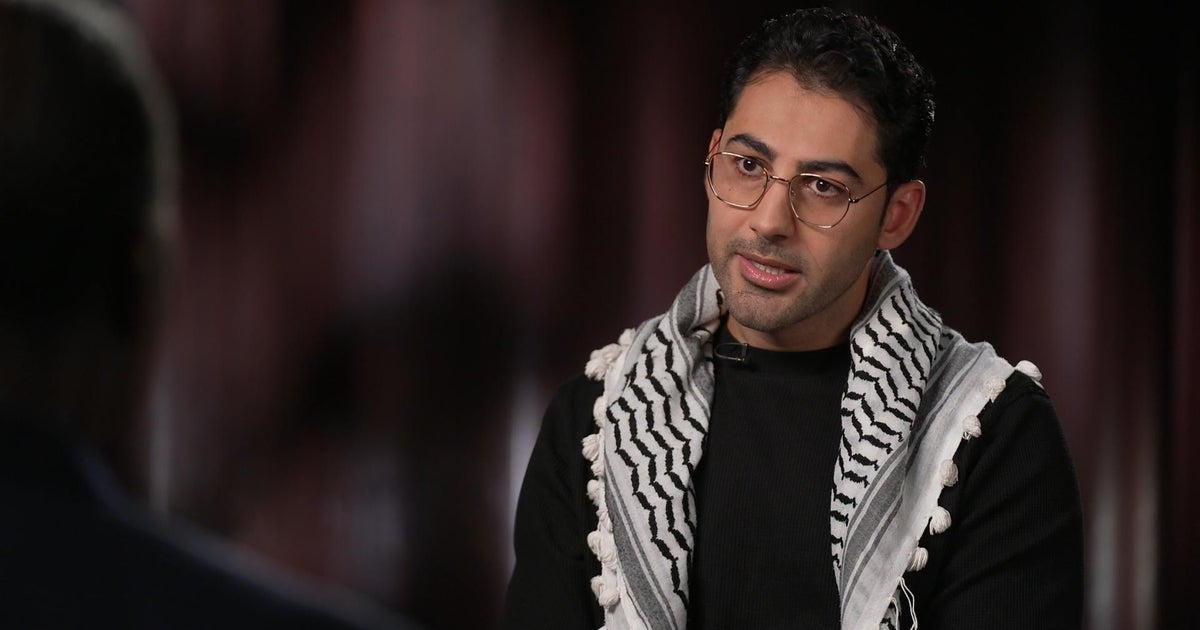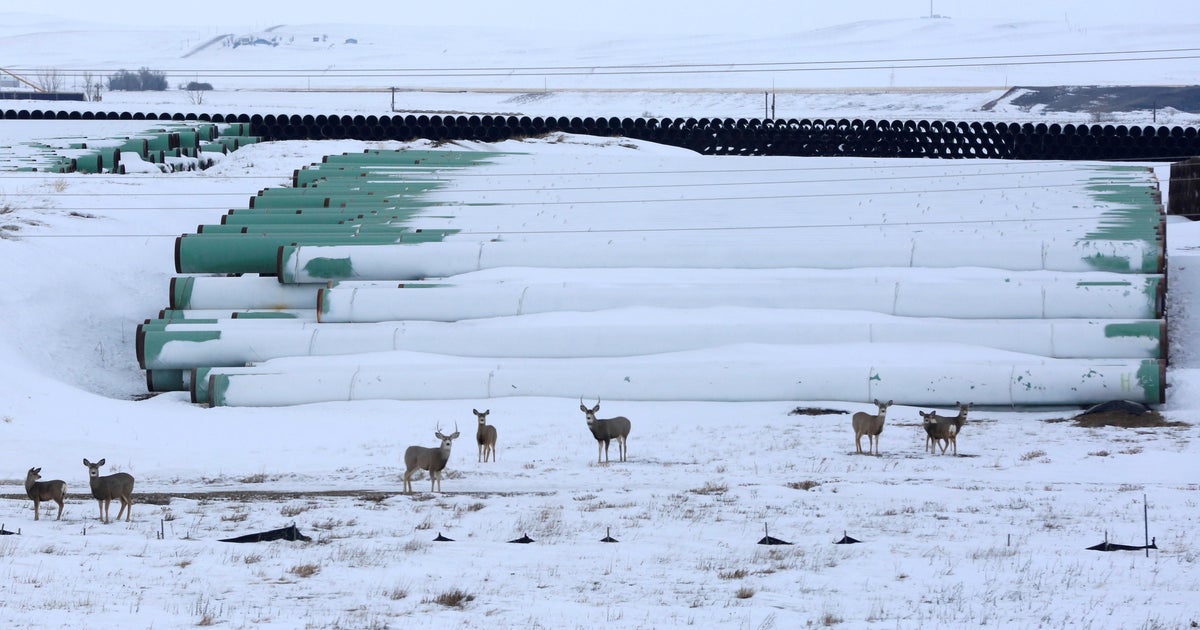Sweden’s slow TV hit “The Great Moose Migration” kicked off early this year with the livestream set to capture moose crossing a Nordic river over the next few weeks.
So far, 14 moose have crossed the river in their annual spring migration, according to the count on the livestream, as of Wednesday, April 16.
“The Great Moose Migration” is streamed online by the Swedish national public broadcaster, SVT.
It went live on April 15 and is expected to continue until May 4. It is live 24 hours a day.
The live broadcast first aired in 2019. Executive producer Johan Erhag and producer Stefan Edlund were inspired by slow TV series produced in Norway, they said in a video on the making of “The Great Moose Migration.”
The concept of slow TV began in Norway in 2009 with a broadcast of a train ride through a snowy scenery. It ran for seven hours, and about a quarter of the country watched for some part of the journey.
That success led to multiple slow TV series. Erhag and Edlund said they visited Norway and saw how producers there installed cameras on a cliffside, capturing different types of birds in the area.
“By the time we got back from Norway, we were so inspired. It was impressive. We wanted to do something like that,” Edlund said.
They just needed a subject.
Once they learned that herds of moose cross part of the Ångerman River about 190 miles northwest of Stockholm every year, they started to set up cameras.
“We wanted to share this with the population of Sweden,” Erhag said.
It took a few years to get SVT to take the pitch. And when they launched in 2019, the first few days went by with no moose.
Every day that passed with no sightings was more and more tense, Erhag said.
But finally, they showed up and walked straight into the camera shot.
“We managed to convey this sense of wonder to our viewers,” Erhag said.
Edlund explained that “a great deal of technology is required” to broadcast something like “The Great Moose Migration.”
“The location is demanding, due to the river. We need to set up cameras on both sides and there are loads of cables,” he said.
They lay almost 12 miles of cable and position 26 remote cameras and seven night cameras. A drone is also used. The crew of up to 15 people works out of a control room, producing the show at a distance to avoid interfering with the migration.
Thomas Hellum, a producer behind the train broadcast in Norway, told “CBS News Sunday Morning” in 2017 that slow TV needs to be “an unbroken timeline.”
“It’s all the boring stuff in there, all the exciting things in there, so you as a viewer has to find out what’s boring and what’s interesting,” he said.
That’s true for the moose livestream, which often shows nothing but the scenic woodlands.
Nearly a million people watched the first broadcast of “The Great Moose Migration” in 2019, and in 2024, viewership hit 9 million on SVT’s streaming platform.
Annette Hill, a professor of media and communications at Jönköping University in Sweden, told The Associated Press that slow TV has roots in reality television but lacks the staging and therefore feels more authentic for viewers. The productions allow the audience to relax and watch the journey unfold.
“It became, in a strange way, gripping because nothing catastrophic is happening, nothing spectacular is happening,” she said. “But something very beautiful is happening in that minute-by-minute moment.”
The moose migration has attracted many fans. A Facebook group with over 78,000 members lets viewers share updates.
“I would actually like to be a little fly on the wall in every household that watches the moose migration,” one mega-fan, Ulla Malmgren, told the AP. “Because I think there is about a million people saying about the same thing: ‘Go on! Yes, you can do it!'”
contributed to this report.




